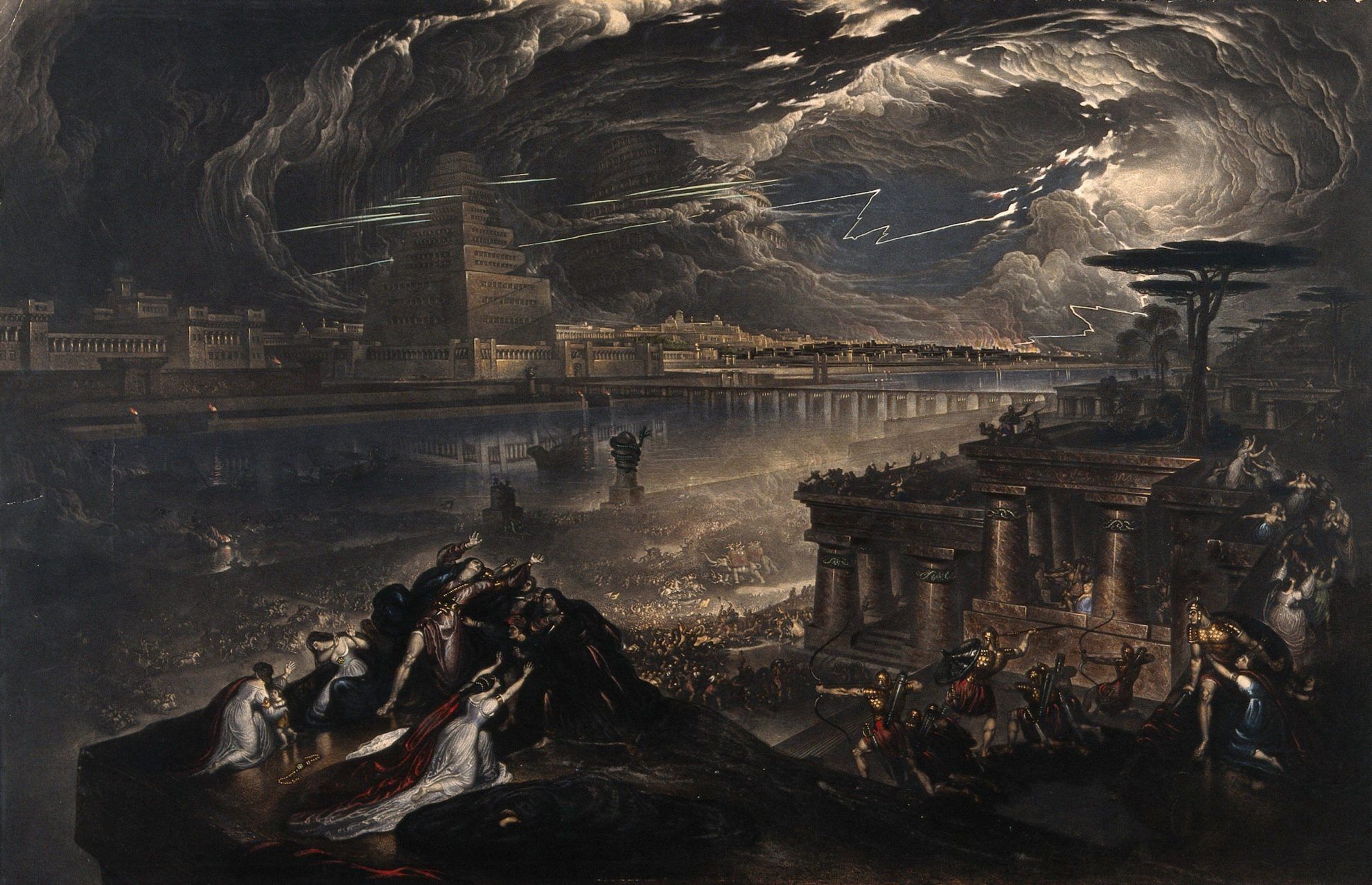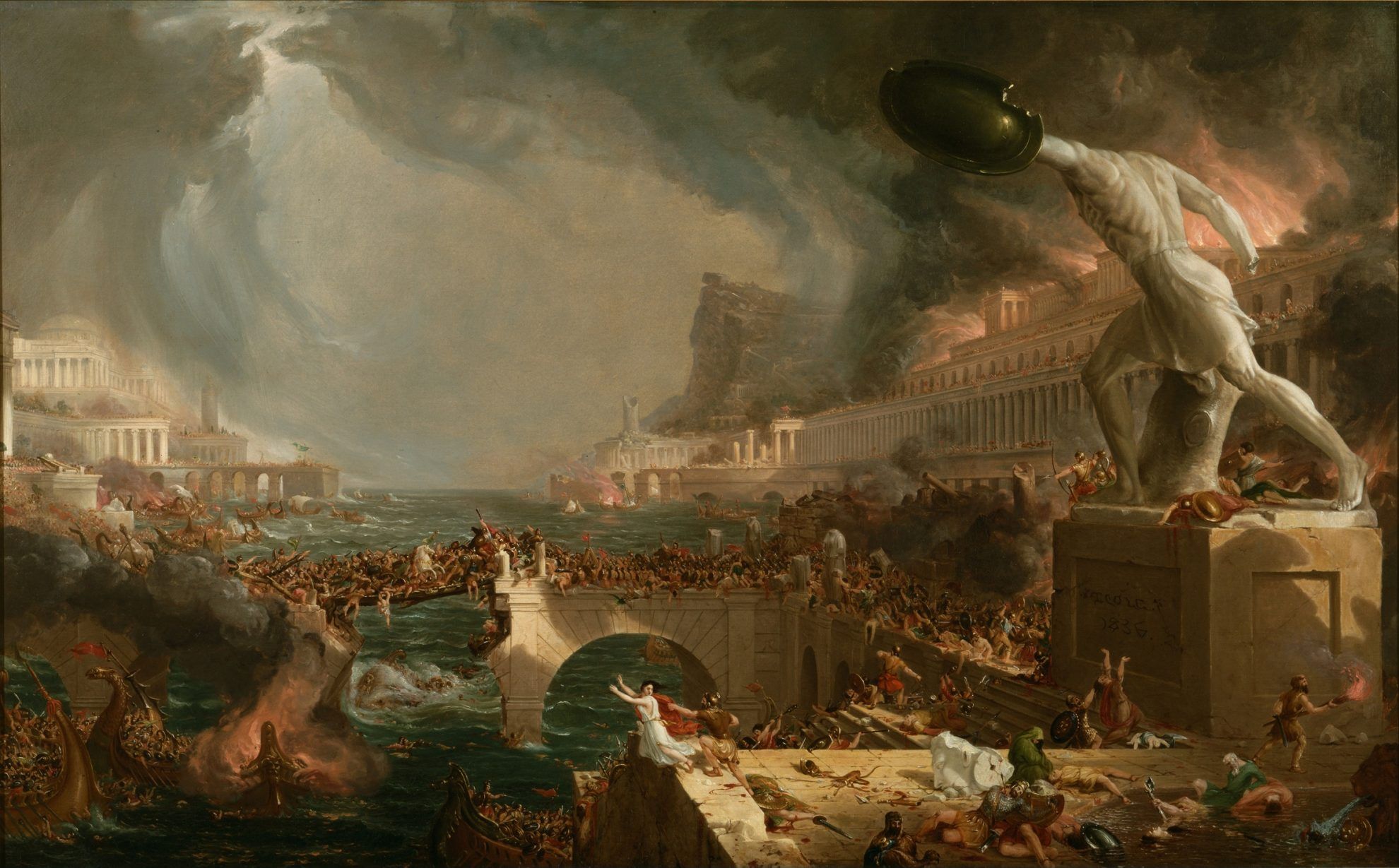We don’t know where it ends, and we don’t know what will kill us: viral infection, global crisis or a third world war emerging due to the economic changes that follow all this?
The Day After Tomorrow, 28 Days Later, The Day After or I Am Legend does not seem that entertaining today, does it? How is it possible that on an average disaster-free day we still love these stories?
Bad news and fantasizing about them, dystopias and disaster literature have always amazed people. These stories tell incredibly wild and dangerous situations, compared to which even the worst day of our everyday life seems like heaven, and they certainly remind us how fragile human life and civilization are.
Why are these stories so popular if everyone knows that in real life no one would ever describe them either as entertaining or exciting?

The answer is simple: dangerous or frightening stories are more fascinating. This may be sad, but the perception of millions of people battling with anxiety and depression is guided in the wrong direction by the realization of the mass media that a piece of bad news is more likely to get the attention of people than a good one.
This has an evolutionary reason: it’s natural that tit was the species that prepared for the worst out of all the possible outcomes that managed to subsist and not those thinking about free fruit while wandering around in the forest. But this is not the only reason why the visions of scary disasters are popular.
In literature and arts, most of these stories are centered around a group of heroes who face and combat the challenges we hope we’ll never have to. These heroes, heroic acts and stories are inspiring, and the final victory also comes with redemption.

Another reason we like these stories is that the complicated and many times seemingly unresolvable moral and ethical questions intertwining our everyday lives are resolved in the incredibly simple and extreme contexts of these stories. Will you sacrifice the old guy for the young girl? During an apocalypse, this question is decided instantly, there is no time to hesitate. By watching these movies from the safety of our homes or a movie theater, we can test our own values, too. Although our real lives take place in a temperature controlled apartment with a fridge full of food, it might still seem more complicated then the life of people living out in the wild, without a safety net, in absolute freedom.
Beyond the moral-ethical questions and evolution-related aspects, it might also be true that from a personal perspective, there’s not much of a difference between the two types of the end of the world: when everyone dies or just a single person. It doesn’t really matter from the point of the deceased, so we might even think that we are preparing for our own deaths with the apocalypse stories.

And finally we also have an aesthetic aspect. Disasters look gruesome. Five hundred meter high wave, spaceships as big as the Earth or nuclear winter? Can you tell us how many different ways the Statue of Liberty (the one in New York, not the one in Budapest) has been destroyed in movies? We see so wild and surreal images that make us shiver.
Fukuyama was obviously wrong: history did not end even though many believed him. While having the best time reading these books and watching these movies, you shouldn’t forget that we are always only a step away from the next disaster, our welfare and safety could vanish in the next second in reality, too.









